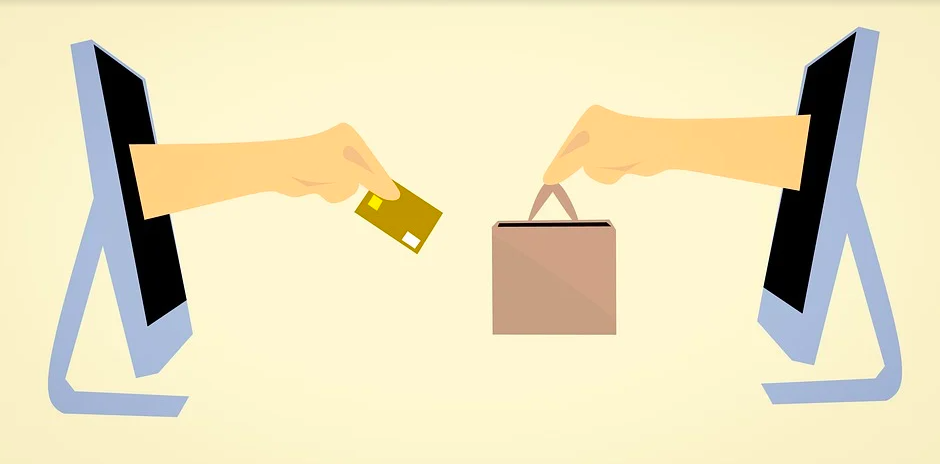Personal debt levels are very high and, since the recent financial crisis, are rapidly rising. The reasons why levels are so high vary. For example, some people have mortgages so and therefore they get a long term asset that comes with their debt. Others, however, fund leisure goods through borrowing.
The scope of leisure goods is incredibly wide even within a specific class of goods; for example, movie tickets, a song from iTunes, a smart phone, a tablet (such as an iPad), and a smart TV are all leisure goods. Most people understandably want leisure goods, but not everyone can afford to buy them. Therefore, some people purchase leisure “on time” through the use of credit cards and store credit. For many people, such purchases have resulted in very large credit balances.
Many of us know: recent college graduates with five-figure credit card balances (in addition to large student loans); middle-aged blue-collar and white-collar workers living hand-to-mouth due to the amounts of consumer debt they have accumulated; and elderly people forced to go back to work, and/or move in with their children, so they can pay off their large consumer debt obligations.
Regardless of their age differences, all of these people have one thing in common: Despite the amounts of consumer debt they have accumulated, they have little or nothing to show for it. Leisure goods are temporary and therefore wear out. If they wear out before they have been paid off, people will find themselves paying interest on goods they no longer use.
One way to approach the purchase of leisure goods is through the corporate finance concept of “matching.” Simply put, when well-run companies buy things they try to “match” the useful life of those things with the amount of time needed to pay for them. Buying leisure goods can be approached the same way. For example, if a leisure good has a one year life, then the good should be fully paid for in one year. If it cannot be fully paid for in one year, then it should not be purchased. You could also check out leisure loans to see help you afford certain items.
Deferred purchases can be added to a list that can be regularly reviewed for purchase in the future, when matched funding is available. Such lists can include a wide range of information that can be used to evaluate the tradeoffs of leisure good purchases. For example, the name of each leisure good, estimated useful lives, estimated interest rates, retail prices, used prices from online discount services, and local discount stores, etc., can and should all be listed.
The process of evaluation is important because it helps to reduce the risk of “impulse buying.” We are all familiar with the lengths to which many manufacturers go to make their products desirable, and to make our purchase of those products seem urgent even when–especially when–they are not. Such marketing-generated pressures, as well as peer pressures to buy the latest “hot thing,” have caused many people to financially over-extend themselves.
Having a disciplined evaluation processes in-place prior to shopping has helped many people resist the urge of impulse buying, and to defer the purchase of leisure goods that cannot be immediately paid for. These people were then able to allocate time and attention to paying down their existing credit balances and even, after a period of time, saving some money for the proverbial “rainy day.”
TO DO MORE to eliminate your debt follow Dave Ramsey’s plan for debt reduction: ACT NOW
TO LEARN MORE about controlling your spending, read “Five Ways to Stop Buying Stuff”: ACT NOW





